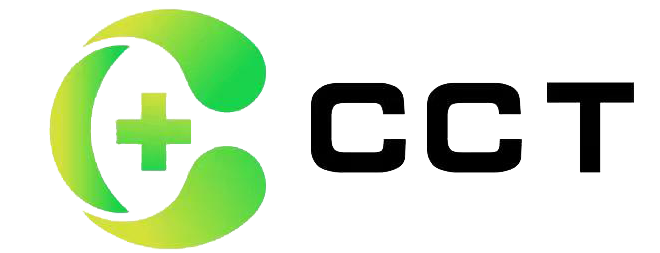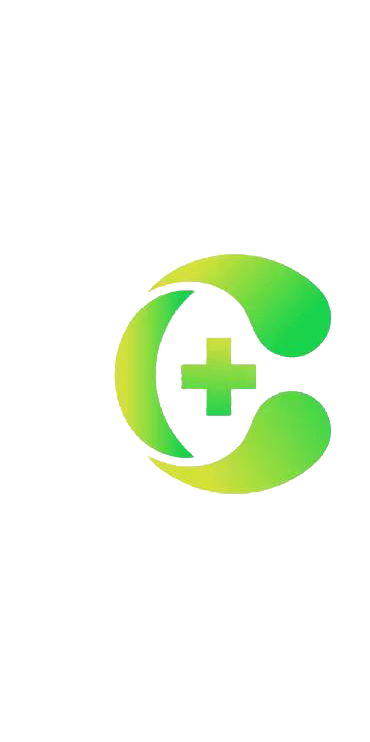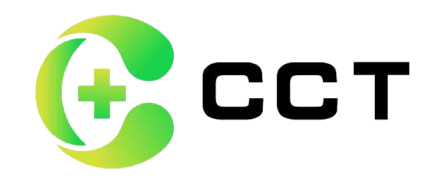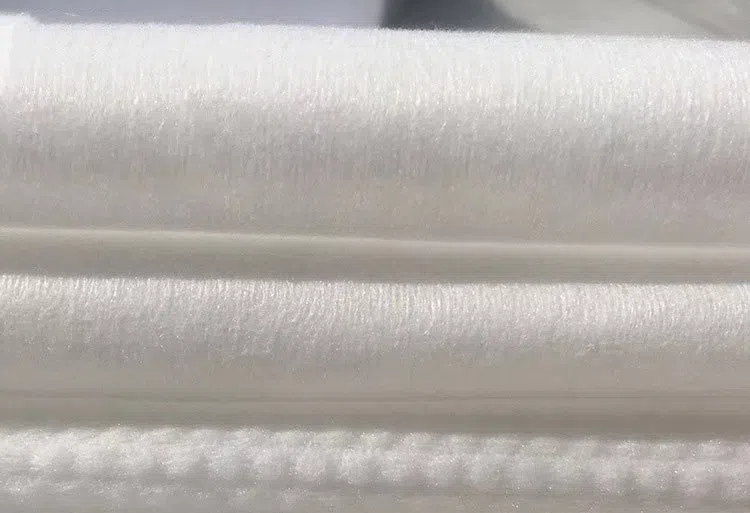7 Classifications of Nonwoven Fabrics
A brief introduction to the seven classifications of nonwoven fabrics:spunlace nonwoven fabrics, thermal bonded nonwoven fabrics, hydroentangled nonwoven fabrics, thermal bonded nonwoven fabrics, wet nonwoven fabrics, pulp airflow nonwoven fabrics, spunbonded nonwoven fabrics, meltblown nonwoven fabrics, needle punched nonwoven fabrics
Brief Introduction of nonwoven fabrics
Nonwoven fabrics, are made up of oriented or random fibers. It is called cloth because it has the appearance and certain properties of cloth.
Simply put, it is not made of one yarn intertwined and knitted together, but the fibers are directly bonded together by physical or chemical means, so when you get the sticky weight in your clothes, you will find that it is impossible to extract a single thread.

Characteristics of nonwoven fabrics
Nonwoven fabrics have no warp and weft threads, are very convenient to cut and sew, and are lightweight and easy to shape. Nonwoven fabric breaks through the traditional textile principle and is characterized by short process, fast production rate, high output, low cost, wide range of uses and many sources of raw materials.

The strength and durability are poor compared to textile fabrics, and it cannot be washed like other fabrics. Since the fibers are arranged in a certain direction, they tend to split at right angles, etc., so the improvement of the production method is mainly focused on the improvement of the prevention of splitting.
Classification of Nonwoven Fabrics
According to the different production processes can be divided into the following categories
1 Spunlace nonwoven fabric
It is a high-pressure micro-fine water jet to one or more layers of a fiber network so that the fibers are entangled with each other so that the fiber network can be reinforced with a certain strength.

Features
1. Flexible entanglement, does not affect the original characteristics of the fiber and does not damage the fiber.
2. Appearance closer to traditional textiles.
3. High strength, low linting.
4. High moisture absorption, rapid moisture absorption.
5. Soft hand feel, good drape.
6. Variety of appearance patterns.
7. Long production process, large floor space.
8. Complex equipment, high energy consumption, high water quality requirements.
Product Application
Medical curtains, surgical gowns, surgical drapes, medical dressing materials, wound dressings, medical gauze, aviation wipes, garment lining substrates, coated substrates, high-level wipes for the electronics industry, cosmetic cotton pads, wet wipes, and mask wrapping materials.
Buy wholesale spunlace nonwoven fabric
2 Heat Lamination Nonwoven Fabric
It refers to the addition of fibrous or powdered hot-melt adhesive reinforcement materials to the fiber network, which is then heated melted, and cooled to reinforce the cloth.

Characteristics
The surface of the face-bonded hot-rolled is relatively smooth, while the point-bonded hot-rolled is relatively fluffy.
Application
We are producing baby diapers and sanitary napkins covering materials, ointment base cloth, clothes lining, masks, etc.
3 Wet Nonwoven Fabric
Is placed in the water medium of fiber raw materials into single fibers while different fiber raw materials are mixed, and made of fiber suspension pulp, suspension pulp is transported to the netting mechanism, fibers in the wet state into a network, and then reinforced into cloth.

Features
1. High production speed can reach 400m/min.
2. It can make full use of short fiber.
3. Good uniformity of fiber network.
4. Large water consumption, high one-time investment.
Product application
1. Specialty paper: dust/liquid filter paper, tea bags.
2. Industrial use: filter, insulation material, sound-absorbing material.
3. Medical use: medical backing, medical tape, surgical bag wrapping material.
4. Civil use: wallpaper, etc.
4 Pulp airflow nonwoven fabrics
It can also be called dust-free paper and dry paper-making nonwoven fabric. It is the use of airflow into the network technology of wood pulp fiber board open into a single-fiber state, and then use the airflow method to make the fiber coagulation in the net curtain, the fiber network, and then reinforced into the cloth.

Characteristic
Good fluffiness, soft hand feel, super moisture absorption.
Application
Medical hygiene materials, especially highly absorbent disposable hygiene products (such as diapers, sanitary napkins, wet wipes, wipes, airlaid napkin etc.).
5 Spunbond Nonwoven Fabric
After the polymer has been extruded and stretched to form continuous filaments, the filaments are laid into nets, and the fiber nets are then bonded, thermally bonded, chemically bonded, or mechanically reinforced to make the fiber nets into nonwoven fabrics.

Features
1. The fiber network consists of continuous filaments.
2. Excellent tensile strength.
3. More variations in process, can be reinforced by various methods.
4. Wide range of changes in filament fiber.
Product application
1. Polypropylene (PP): geotextile, tufted carpet backing, coated backing, medical and sanitary materials, wrapping materials for disposable products, etc.
2. Polyester (PET): filtration materials, lining materials, tufted carpet backing, agricultural materials, packaging materials, etc.
6 Meltblown Nonwoven Fabric
Meltblown nonwoven process: polymer feeding – melt extrusion – fiber formation – fiber cooling – web formation – reinforcement into cloth.
Characteristics
1. The fiber mesh is made up of very fine short fibers.
2. Good uniformity of fiber mesh, soft touch.
3. Good filtration and liquid absorption properties.
4. The strength of the fiber mesh is poor.
Product application
Filter material, medical and health material, clothing material, battery diaphragm material, and wiping material.
7 Needle-punched nonwoven fabrics
It is a kind of dry nonwoven fabric. Needle-punched nonwoven fabric is to utilize the piercing effect of felting needles to reinforce the fluffy fiber mesh into cloth.

Characteristics
1. Flexible entanglement between fibers, with good dimensional stability and elasticity.
2. Good permeability and filtration performance.
3. Plump and fluffy handfeel.
4. Various collection patterns or three-dimensional molding products can be manufactured according to requirements.
buy wholesale needle-punched nonwoven fabric
Needle-punched nonwoven applications
Geotextile, geomembrane, halberd cloth, speaker blanket, electric blanket cotton, embroidery cotton, clothing cotton, Christmas crafts, human leather base cloth, and special cloth for filtration materials.



